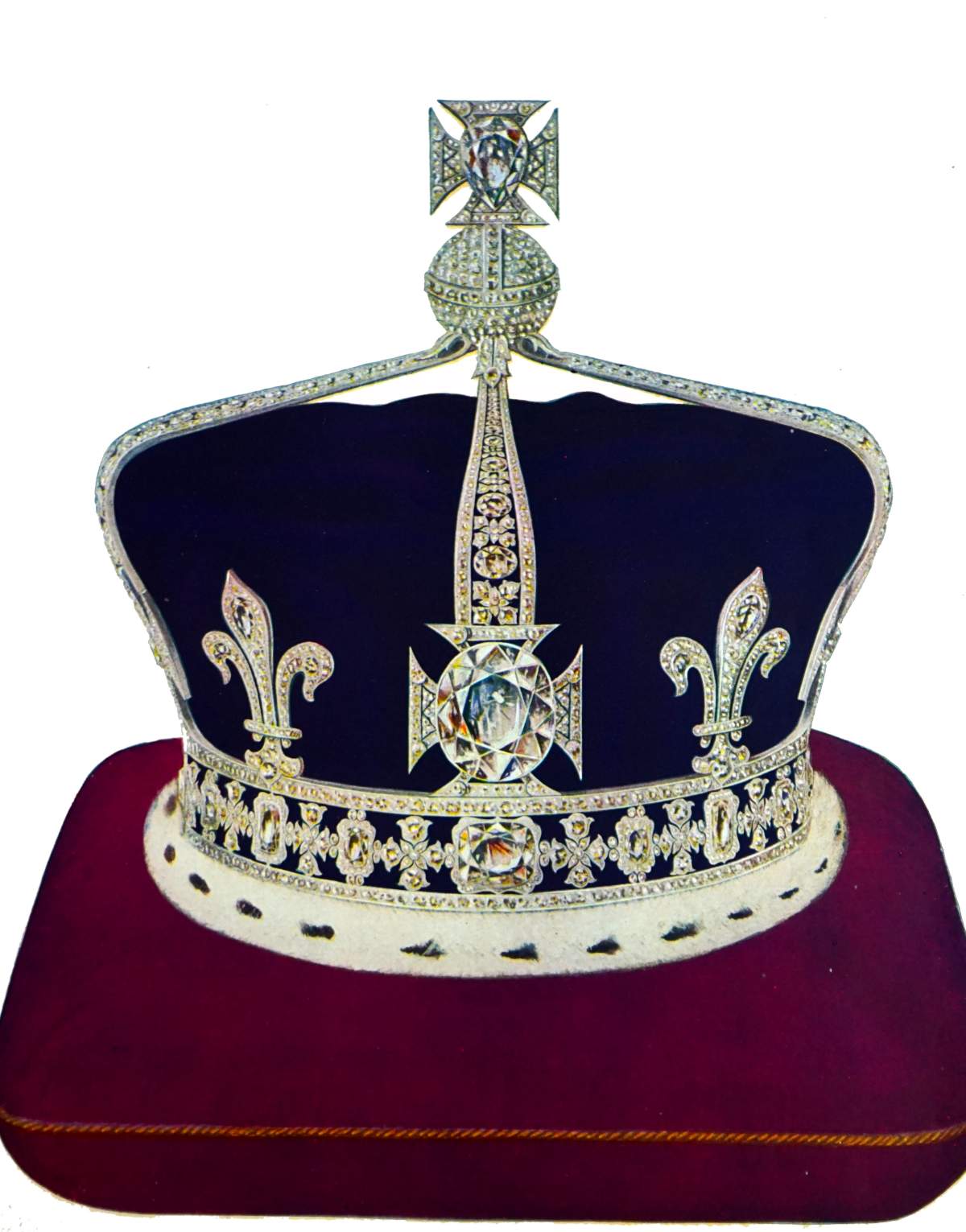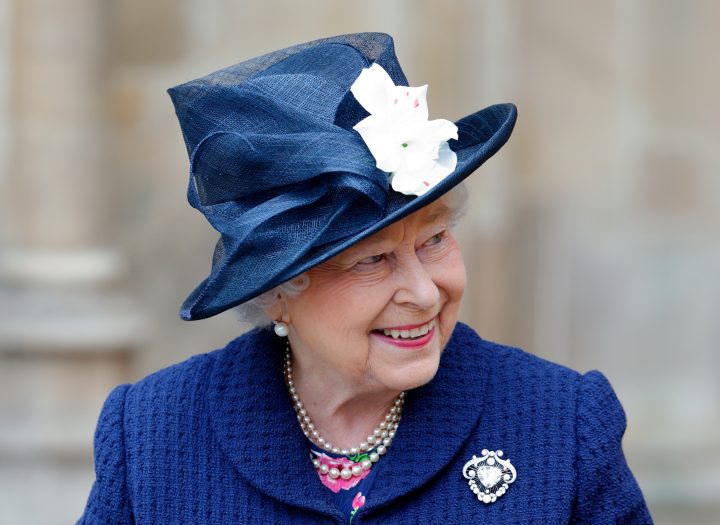The crown that will be worn by Camilla at the upcoming coronation has become a thorny affair, reopening old wounds of British colonization that saw jewels plundered as spoils of war.

The coronation ceremony of King Charles III and his wife Camilla, soon to be crowned queen, is set to take place at Westminster Abbey on Saturday.
Royal watchers will be keeping a close eye on the proceedings and the crown jewels that will be on display as the King and Queen are crowned in the U.K.
The Royal Family might have dodged one controversy by not including the disputed Koh-i-Noor diamond in Camilla’s crown, but the decision to feature some other problematic jewels is ruffling feathers ahead of the coronation.
“We’re going to see jewels and items and regalia being used that only get pulled out for this event,” said Justin Vovk, a royal historian at McMaster University.
“There’s going to be a level of attention and scrutiny that the monarchs have never had at what is supposed to be this really ancient sacred ceremony.”
Why is Koh-i-Noor so controversial?
Originally mined in India thousands of years ago, the 105-carat Koh-i-Noor diamond is one of the largest cut diamonds in the world.
It was seized by the East India Company in 1849 and presented to Queen Victoria.
It is set in a crown last worn by Charles’ grandmother during her coronation in 1937, but was previously used in other settings, as well.
India has long demanded the Koh-i-Noor be returned and those calls for repatriation were renewed after the death of Queen Elizabeth II last year.
Pakistan, formerly part of British-ruled India, and Afghanistan have also claimed ownership of it since Indian independence in 1947.
Vovk said there are questions around how Britain actually acquired this object.

Get breaking National news
“It was given to Britain as part of a treaty in the 19th century between the maharajah, the ruler of the Sikh empire, and Queen Victoria, but the maharajah was a child … and there are questions about how the conditions of this treaty were negotiated.”
The monetary value of the diamond is unclear, but that isn’t necessarily driving the dispute, says Hira Singh, a colonialism expert and professor at York University
“Its value as a material object is not important. What it represents symbolically that’s very important,” he said.
Singh said it a was “farce” that the Royal Family has chosen to go with a South African diamond instead of the one from India.
In February, Buckingham Palace revealed Camilla’s pick for the coronation crown, which will not feature the Koh-i-Noor, steering clear of the controversial crown jewel.
What are the Cullinan diamonds?
Instead, Camilla will wear Queen Mary’s crown, which has been reset with the Cullinan III, IV and V diamonds that were mined in South Africa.
The Cullinan diamond, the largest diamond ever found, was discovered near Pretoria, South Africa in 1905.
It was cut into nine large stones and named Cullinan I to IX after the chairman of the mining company, Thomas Cullinan.
The Cullinan was purchased by the British colonial government in South Africa and later gifted to the Royal Family.

While the Cullinan is not the same symbol of plunder as the Koh-i-Noor, the decision to show the jewels off on coronation day has drawn criticism in South Africa.
“It’s basically a spit in the face,” said Vuyolwethu Zungula, president of the African Transformation Movement, one of South Africa’s opposition parties.
“Those diamonds they were gotten through the spilling of blood of innocent people.”
Zungula said the stone is a symbol of Britain’s exploitation and the lasting impact that led to deep racial inequality.
“It is very important that the previous colonizers and the current colonizers, they need to take responsibility. Otherwise there will never be justice.”
Cullinan I and II were incorporated into crown jewels, while the rest were part of the late Queen Elizabeth II’s personal jewelry collection and were often worn by her as brooches.
Because the Cullinan diamonds are directly owned by the Royal Family, their use in Camilla’s crown is not quite as controversial as the Koh-i-Noor would’ve been, said Vovk.
And so the inclusion of the Cullinan diamonds “de-politicizes” the choice, rather than using something like the Koh-i-Noor, he said.
“It sends the message that certainly the monarchy is aware that there is controversy around the Koh-i-Noor,” Vovk added.
“They are aware that there is a colonial legacy associated with the British monarchy that they have to be mindful of.”
This is not the first time that Cullinan diamonds have been set into Queen Mary’s crown. They were also used at Queen Mary’s 1911 coronation and inserted when the crown was worn as a regal circlet at King George VI’s Coronation in 1937, according to Buckingham Palace.
“The choice of Queen Mary’s Crown by Her Majesty is the first time in recent history that an existing crown will be used for the Coronation of a Consort instead of a new commission being made, in the interests of sustainability and efficiency,” the palace said in a statement in February.
— with files from Global News’ Michelle Butterfield and Sarah Do Couto and Reuters.







Comments